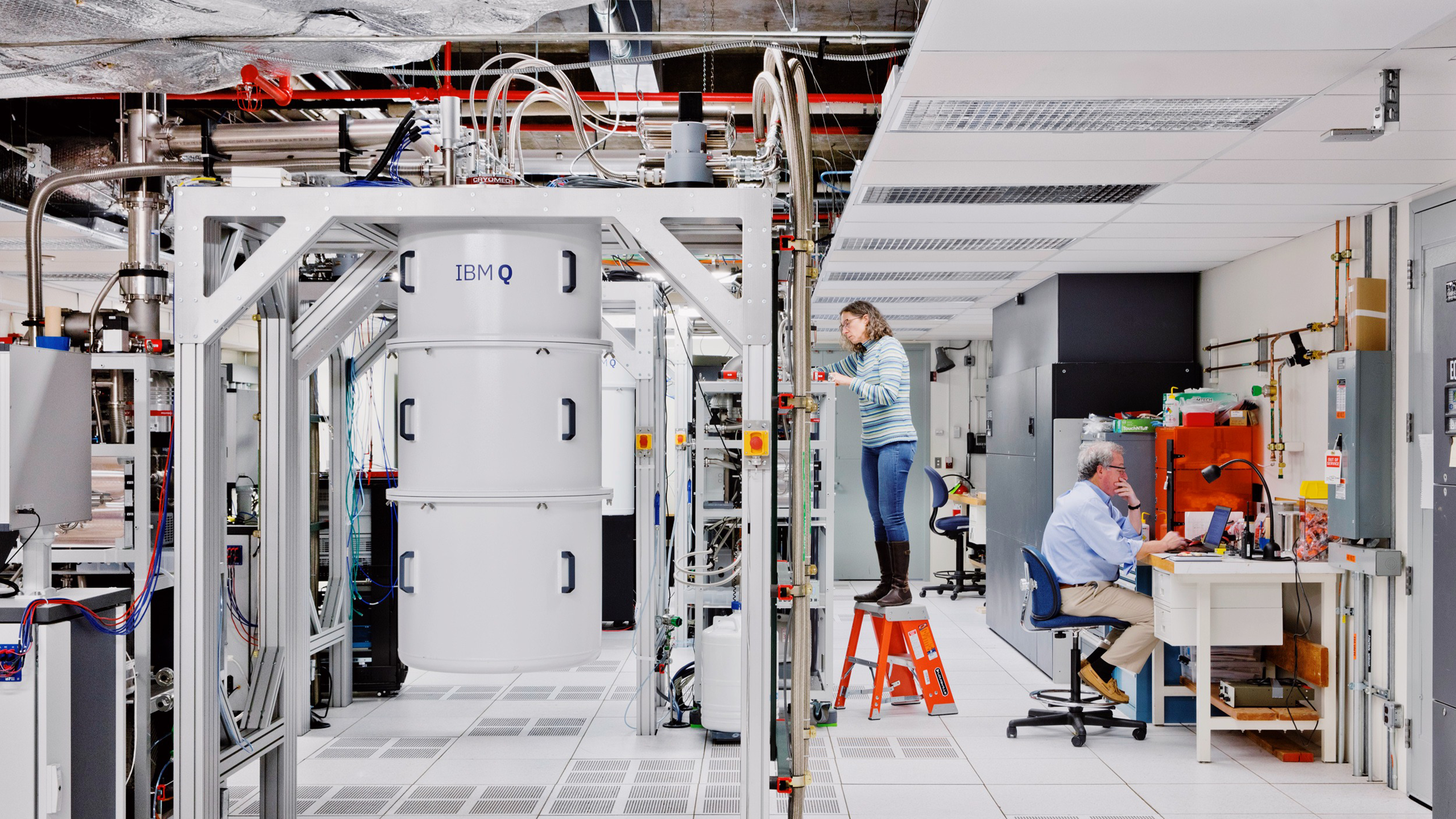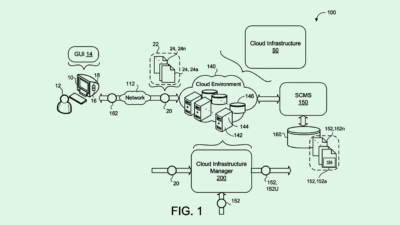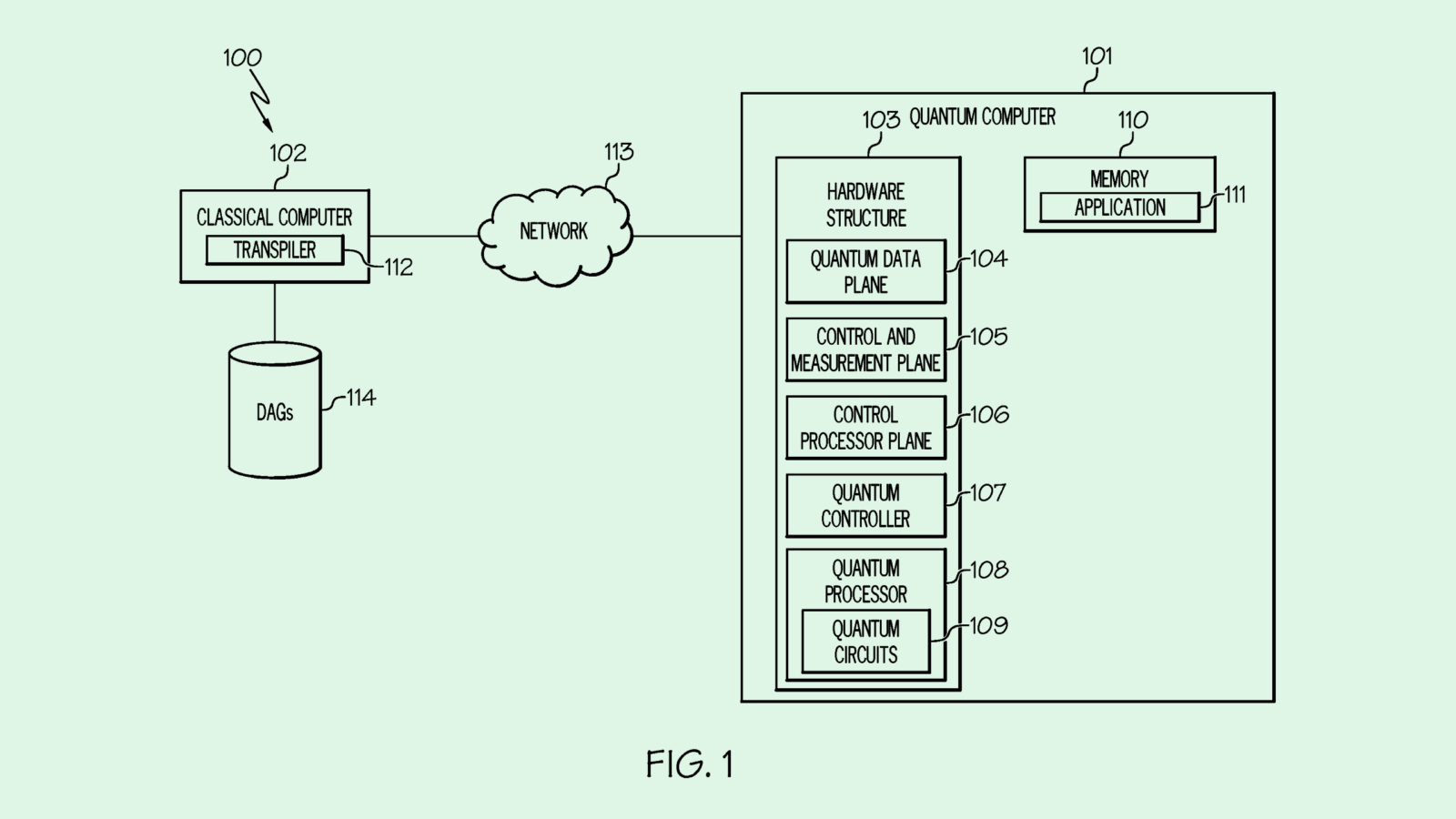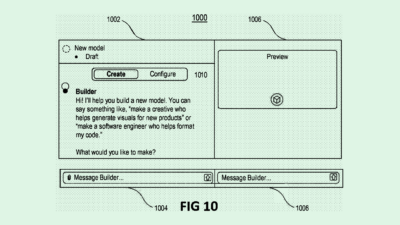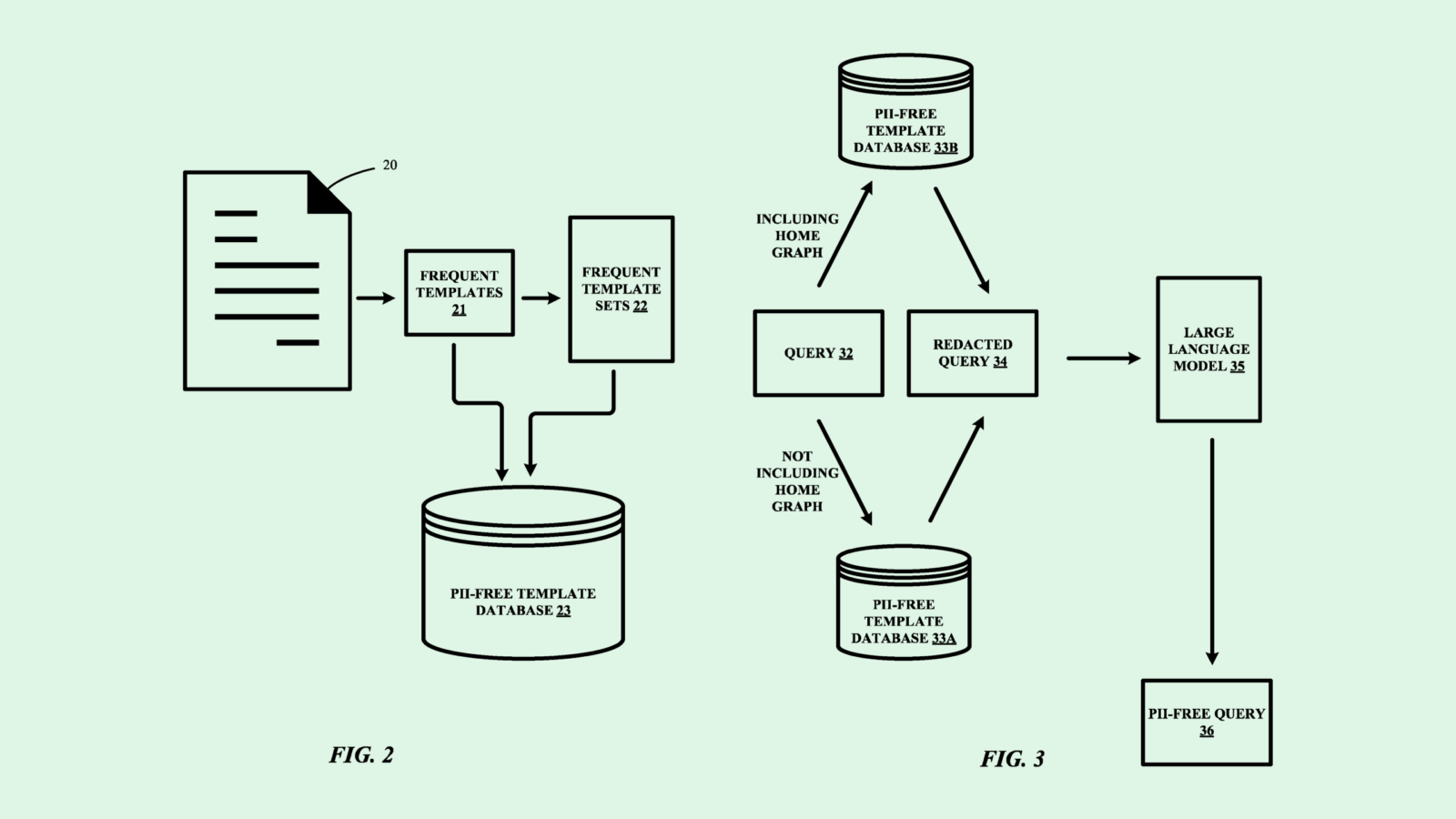Despite Breakthroughs, Quantum Industry is “Split” On Arrival Timeline
“It’ll be a breakthrough for humanity, much like the advent of the computer itself.”
Sign up to get cutting-edge insights and deep dives into innovation and technology trends impacting CIOs and IT leaders.
Is practical quantum computing arriving sooner rather than later?
The past several months have been laden with quantum computing breakthroughs and announcements. Google, Amazon and Microsoft all have announced new quantum chips; and JPMorgan Chase claims it’s generated the first truly random numbers on a quantum computer in partnership with Honeywell’s Quantinuum.
With the pace of breakthroughs speeding up, some industry voices see quantum’s onset as a near-term reality. Julian Kelly, Google Quantum AI’s director of hardware, told CNBC last week that we’re only five years out from running practical applications on quantum computers that we can’t on classical ones. Even Nvidia CEO Jensen Huang has walked back naysaying comments in recent weeks on the timeline for useful quantum computers hitting the market.
But despite the excitement, it’s still unclear how close we are to practical, scalable quantum computing that does things that classical computers aren’t capable of, experts told CIO Upside.
“The industry is split,” said Troy Nelson, CTO of LastWall. “Some people aren’t convinced that quantum computing is something we will achieve even in the next 10 or 20 years. But people at the forefront and bleeding edge can see applications fairly soon.”
Quantum computers exist today in some capacity, such as D-Wave’s quantum annealing computer, which is suited specifically for solving optimization problems, said Vaclav Vincalek, tech advisor and founder of Hiswai. However, some “quantum purists” have dismissed D-Wave’s methods, said Vincalek, as they “allow only for a niche type of computing.”
- Plus, even D-Wave’s quantum computer is only a few thousand qubits. Pushing past that and reaching the million-qubit goal that many have their eyes on requires overcoming a number of obstacles, said Vincalek. One of the biggest barriers is noise, or vibrations, electrical interference or really any environmental factor that can knock these devices out of superposition.
- “I think that five years is still hugely optimistic,” said Vincalek. “In order to get to something useful … you need tens of thousands, if not hundreds of thousands, of qubits. Scaling is still a major challenge.”
As it stands, the quantum computing market size is relatively small, sitting at $1.07 billion in 2024, according to the State of the Global Quantum Industry report, released by QED-C in March. But given quantum’s capability to impact cryptography, which has cybersecurity effects across critical infrastructure like supply chains, logistics and defense, the market potential could be “immeasurable,” said Nelson.
“When we get there, it’ll be a breakthrough for humanity, much like the advent of the computer itself,” he said.
However, when this tech does make it to the mainstream, there’s one industry in particular that has the “most to lose and most to gain,” said Nelson: finance. On one end, Wall Street firms can take advantage of this tech for financial risk-modeling and optimal portfolio planning. And on the other, these firms need to be “ahead of the curve” from a defensive point of view, said Nelson.
“If we’re talking about a cryptographically relevant quantum computer that can break modern (security protocols), that gives attackers the ability to open up everything that’s encrypted and take what they want,” said Nelson.
